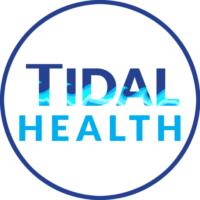Osteopathy is a system of assessing and treating people with various symptoms usually related to disordered functioning of their joints, muscles and nerves, collectively referred to as musculoskeletal dysfunction and usually causing them pain or loss of movement in some part of their body. It takes into account not only the history and findings of physical dysfunction but also lifestyle, occupational, psychological and social factors in a very holistic model of diagnosing the cause of their problems and finding a sustainable solution.
The Osteopath is trained in manual assessment and treatment techniques which help the patient’s body in the process of self healing, further aided by advice on lifestyle factors and exercise to maintain the healthy state.
WHAT TO EXPECT AT YOUR APPOINTMENT:
At your first appointment a detailed account will be taken of your presenting problem together with your past medical history, medications and allergies. In keeping with osteopathy as a holistic form of medicine, factors in your lifestyle, occupation and social life will also be considered in so far as these relate to your physical and psychological wellbeing.
A physical osteopathic examination will be carried out in which you will be asked to perform simple movements of spine, neck and limbs, while the tissue texture, range of movement and tenderness of your skin, muscles and joints is assessed manually. Ideally this examination is carried out in underwear with your outer clothes removed but this is not obligatory. You may wish to wear gym shorts and top, whatever allows you to feel comfortable while allowing for the appropriate examination.
A diagnosis will be made and a plan of treatment explained to you. If there are any particular forms of osteopathic treatment you have experienced before and would wish to avoid please tell me. Most patients require up to five sessions of treatment to settle their problem, occasionally more, but some recover after only one or two. You will usually be given advice on exercises you can do after your treatment to help maintain the improvement and achieve a sustainable solution to your musculoskeletal difficulties. The treatments use mainly manual osteopathic techniques including soft tissue massage, joint articulation, muscle energy, counterstrain and manipulation together with lifestyle and exercise advice where appropriate.
For more information please visit the General Osteopathic Council website at: www.osteopathy.org.uk
